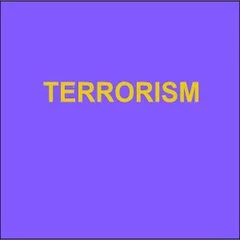By Noam Chomsky
Preface to the 2015 Edition As noted in the original preface, this book was originally intended as a postscript to my book Turning the Tide, but it took on a life of its own. Rereading this book is not easy. I like to think that I’ve been able to live without too many illusions about the nature of policy and the ways the intellectual classes conform to state doctrine, no matter how ludicrous it is. But it is a constant shock to be reminded of the record. The basic facts were very clear at the time of writing, and by now have been verified beyond serious dispute. In brief, the Reagan administration came into office declaring that a primary focus of policy would be state-directed international terrorism, “the plague of the modern age,” “a return to barbarism in our time,” in the fevered rhetoric of Shultz, Reagan, and the rest. They proceeded at once to launch murderous terrorist wars in Central America, while supporting terrorism throughout much of the world. Perhaps the most notorious case is Southern Africa, where Reagan was the last significant political figure to support the Apartheid regime and to deny its atrocious crimes, and continued to support the brutal terrorist forces in Angola even after their South African backers had withdrawn their support. The same was true in the Middle East and Southeast Asia, but nothing compared with their vicious atrocities in Central America, the primary focus of this book.
London: Pluto Press, 2015. 304p.



